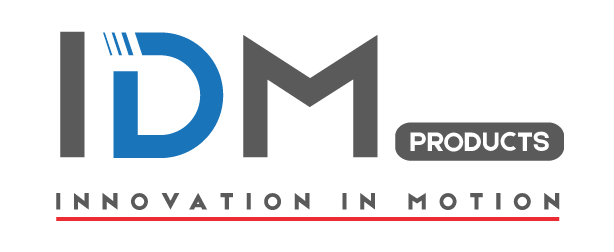Predictive analytics has emerged as a powerful tool in optimizing inventory management and reducing waste for businesses. By analyzing historical data and using statistical models, businesses can forecast future demand and make informed decisions about inventory levels.
With predictive analytics, businesses can minimize stockouts by ensuring that they have enough inventory on hand to meet demand. By accurately predicting future demand, businesses can avoid overstocking and the associated costs of holding excess inventory.
In addition, predictive analytics can help businesses identify trends and patterns in consumer behavior. By understanding customer preferences and purchasing habits, businesses can make more accurate predictions about which products will be in high demand.
By optimizing inventory levels, businesses can also reduce waste. Overstocked items that are not sold before they expire or become obsolete can lead to significant financial losses. Predictive analytics helps businesses avoid these losses by ensuring that inventory levels are aligned with demand.
Furthermore, predictive analytics can be used to optimize supply chain management. By predicting demand, businesses can work with suppliers to ensure that they have enough raw materials or components on hand to meet production requirements.
In conclusion, predictive analytics plays a crucial role in optimizing inventory management and reducing waste. By accurately forecasting demand, businesses can avoid stockouts, minimize overstocking, and reduce the financial losses associated with waste. By understanding consumer behavior and predicting trends, businesses can make more informed decisions about which products to stock. Ultimately, predictive analytics enables businesses to improve efficiency, reduce costs, and enhance customer satisfaction.

